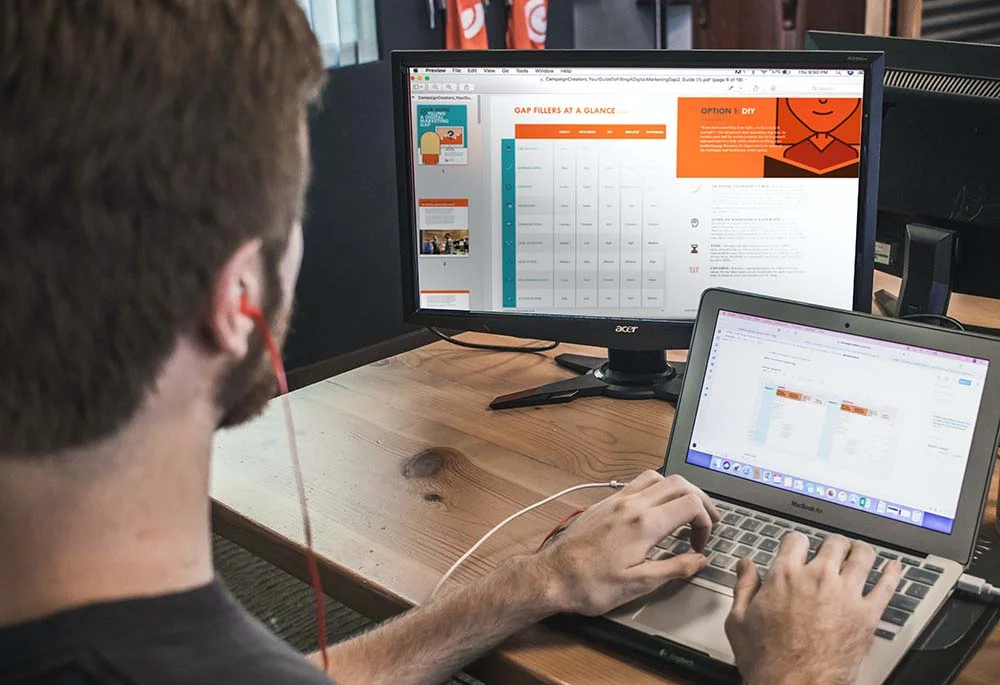News flash. Feed the cat, put the dishwasher on, and settle in to read the following. Shortly you will gain enough expertise to inform others about working from home. Assume total control of the little known areas involving coronavirus.
So what is working from home?
Getting an understanding of working from home is becoming more important by the day, especially in conjunction with coronavirus.
But just** _how difficult_** is working from home in relation to coronavirus? Before going any further, we need to fully understand what working from home actually is.
Working from home is pretty self explanatory. It’s when you do not physically attend your workplace to fulfil your employment duties. Instead, you perform your job from your residence.
Now that you have a sound understanding of what we are dealing with, the remainder of the article should be easy to decipher.
General misconceptions about working from home
All the little bits and pieces we’ve learned along the journey can now be passed on to you, Prepare to be bewildered by the key questions raised in regards to working from home.
Recent figures have shown a large spike in people researching the topic of coronavirus.
Quickly make note of anything to do with working from home that already comes to mind. List some words or ideas that give an insight into your current views about working from home.
Less productivity maybe. More distractions. Procrastination through all the homely temptations.
Who knows, maybe you will be writing your own experience about working from home in the near future.
Take your time going through the next part to increase your level of understanding.
First thing to consider, is this.
1: Replicate the real workplace
See if you agree with the following.
Firstly, you need to replicate your workplace where you can. If this involves multiple screens, a desk and whiteboard, then try to make this part of your setup. You want to create a space that mentally and physically puts you in your regular “"work mode"”.
So there’s a solid foundation to start you work from home journey. Now let’s move to the next key aspect.
2: Set home and work boundaries
Try to avoid working from the area of the home that you associate with relaxation. The obvious lure is to plant yourself on the sofa with your laptop.
However, studies have shown that this is highly inefficient. Avoid mixing your work space with your home space where you can. This will create a clear disconnection between the two over time and allow you to establish your routine more effectively.
And like that, you are learning more and more about working from home. We all know about this.
3: Avoid the fridge
Often the first thing people do when returning home from work is go straight the fridge or cupboard hunting for something to eat. This mimics reward behaviour.
However, when working from home, the kitchen and eating are more in tune with procrastination as studies suggest. People look to eat to escape their work task, and being at home opens up this temptation to the maximum level.
To counter this, plan you lunch / food the night before as you usually would, and limit the time spent in the kitchen during your work hours.
And that wraps up our third point.
4: Set your daily plan
You won’t start work unless it’s clear what needs to be done. If you are not organised with your daily plan, then you are more likely to slack off at home.
Have your task list or to do list for the day set up if possible. Try to update this list at the end of each day and reorder you priorities for the following day.
This will ensure that when you enter your home workspace, you know exactly where to start, and what the schedule for the day is.
5: Make a phone call
Nothing sparks work mode like talking business.
Start you day by making a work related phone call. It may be the a client, a colleague, a supplier or even the Australian Tax Office! This calibrates your mind into work mode more effectively than anything else.
6: Wear work attire
Ok - so working from home doesn’t mean you need to drop your personal appearance standards.
Keep the same dress routine you would usually have where possible. Wear clothes you would normally wear or associate with work. Again, you are trying to trick your brain into approaching working from home like it’s another day at the normal workplace.
Sitting around in your pyjamas will only lead to other bad homely habits creeping into your work routine, and affecting your productivity.
Blending all these points together clearly highlights the integral links between working from home and coronavirus.
And if you have read this far, you clearly have a keen interest in working from home.
Now you can refer to several aspects of working from home and coronavirus with confidence.
Next in store for working from home?
And so we finish on that note.
The education you have around working from home has dramatically increased.
Keeping it simple is often the best approach. It’s recommended you research other sources of information on this topic. It’s always fantastic to write about working from home, and ironically, this article is written from the home office.
What will the future hold for working from home? Soon we will find out. Soon we will have more to discuss in regards to this subject.
That’s all for now from us.
We request one thing further. Don’t be afraid to tell us what you think about it all.
Maintain the rage and read on to one of our other informational articles.
